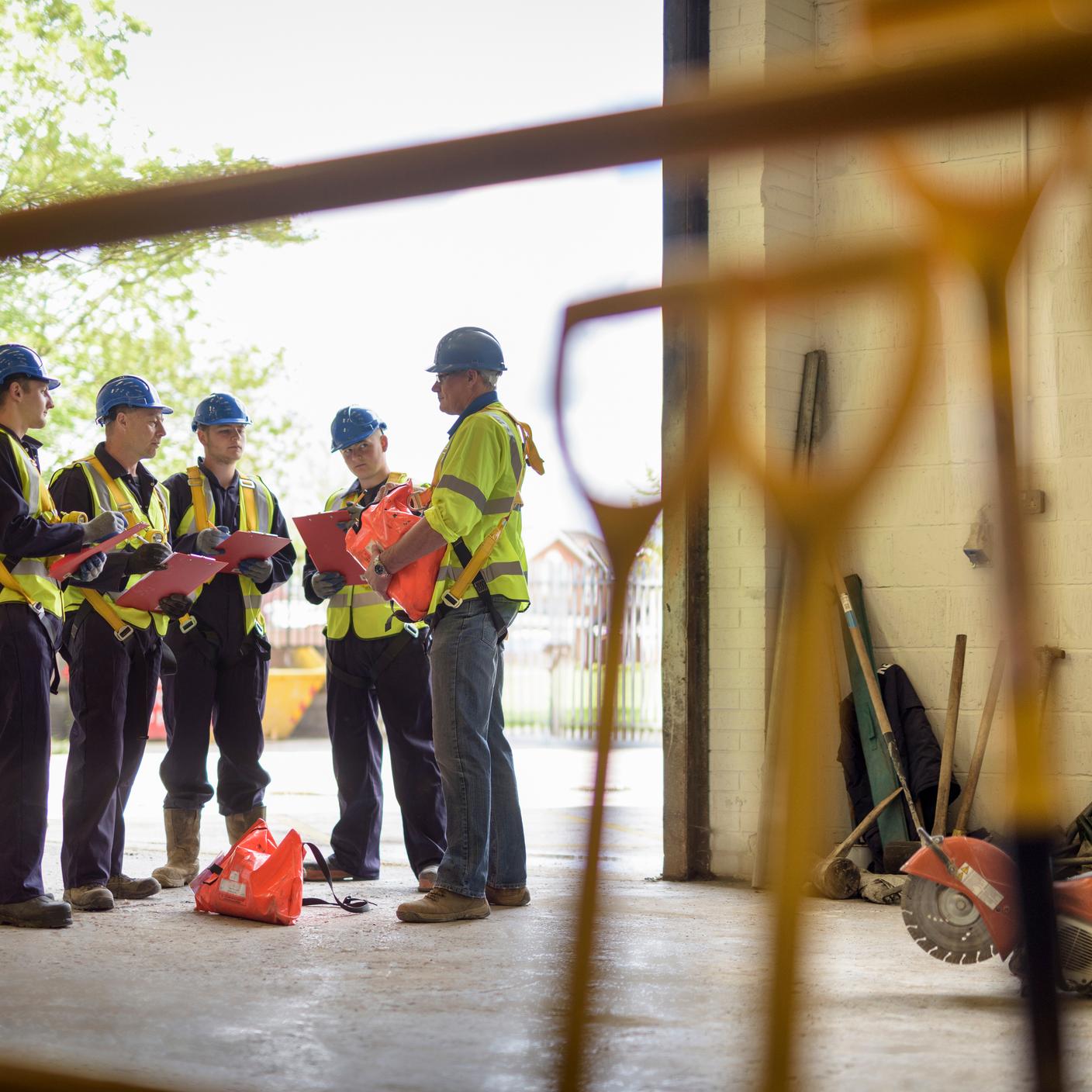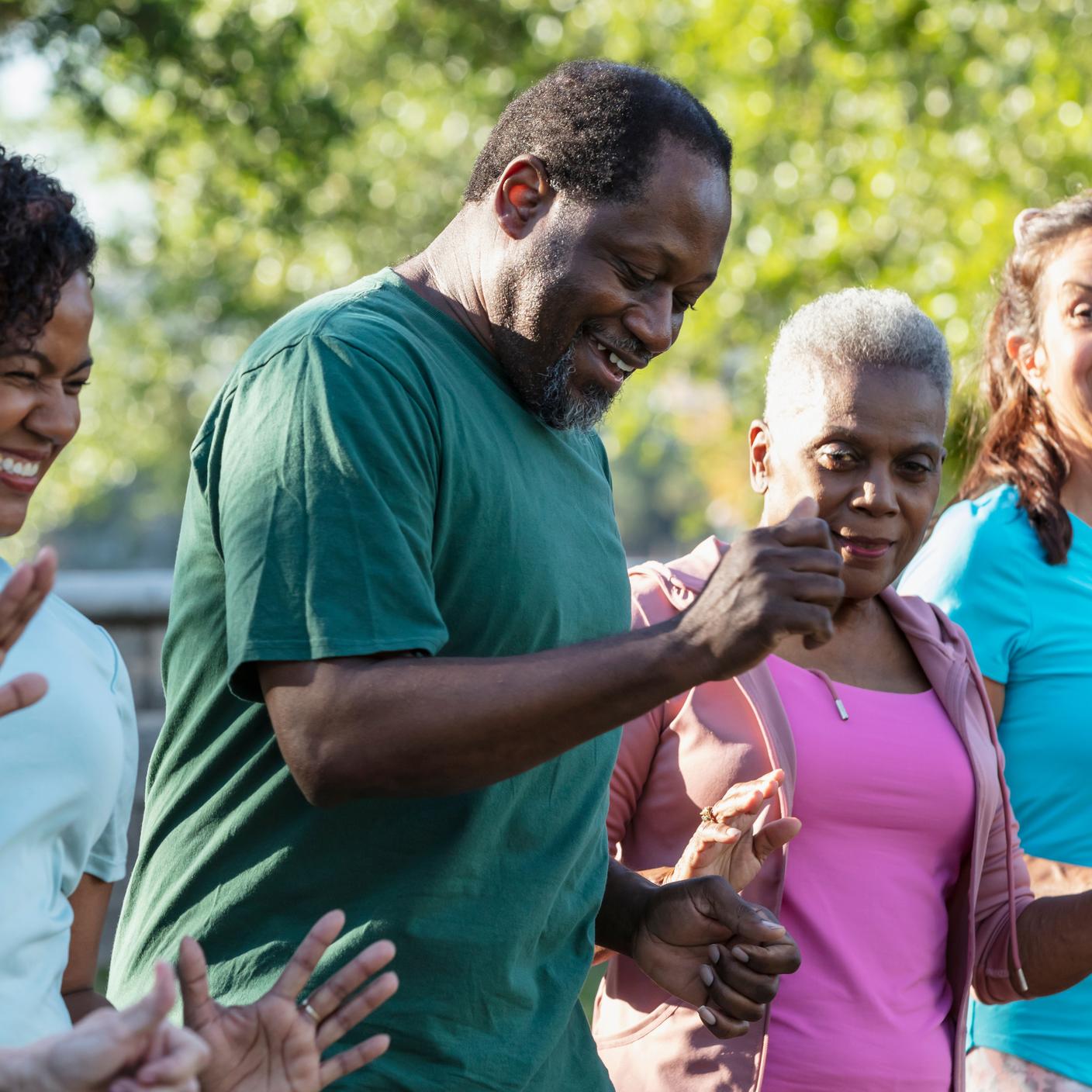Every organization should prioritize drills and exercises as integral parts of its emergency preparedness and business continuity programming. As natural and man-made hazards increasingly impact the workplace, the ability to plan and execute effective exercises is essential. Safety, risk, and resilience professionals have a significant role to play in this process, whether as exercise leaders or active participants. Understanding how to plan exercises and what to expect from exercise leaders is vital for every organization.
Drills and exercises serve as critical components of emergency preparedness and business continuity programs. They not only validate plans that represent countless hours of work but also provide valuable opportunities to challenge assumptions. Moreover, employees are increasingly requesting such exercises, emphasizing their importance in fostering a culture of safety and preparedness. However, planning and executing an exercise can be an arduous task, sometimes even more challenging than creating the plan itself! Whether you are a novice or an experienced professional, the prospect of conducting or participating in a drill or exercise can be daunting.
Safety, risk, and resilience professionals are likely to fall into one of two categories, being either an emergency preparedness leader or a key participant in the exercise. Regardless of your role, it is crucial to recognize that exercises are team efforts. Success hinges on your ability to bring people together and create a collaborative environment.
Exercise leaders
- Start by clearly defining the exercise objectives. What specific skills, processes, or plans are you aiming to test or evaluate? Establishing measurable goals will guide the entire exercise-planning process.
- Customize the exercise to align with the organization's unique risks, challenges, and objectives. A “one-size-fits-all” approach is rarely effective. Consider different scenarios, such as natural disasters, cyberattacks, or workplace accidents, and design exercises accordingly.
- Design scenarios that closely mimic potential real-world emergencies. Realism is key to providing participants with valuable learning experiences and testing the effectiveness of existing plans. Consider involving subject-matter experts or external consultants to ensure accuracy.
- Clearly communicate the exercise objectives, expectations, and logistics to all participants. Provide sufficient time for preparation, and encourage open communication channels for questions and feedback.
Exercise participants
- Familiarize yourself with your specific roles and responsibilities within the exercise. Clarify any doubts or unclear expectations beforehand to prevent confusion during the exercise.
- Participate in pre-exercise training sessions to refresh your knowledge and skills. This helps to prepare you for handling any challenges presented during the exercise.
- Actively engage with other participants and exercise leaders throughout the process. Share relevant information, raise concerns, and contribute to finding solutions. Remember, exercises are team efforts, and everyone's input is valuable.
- Treat the exercise as an opportunity for growth and improvement. Embrace the challenges and learn from any mistakes or shortcomings – exercises are learning opportunities, not demonstrations. Post-exercise debriefings are invaluable for identifying areas of improvement and refining emergency plans.
Ultimately, the value of drills and exercises lies in the ability to enhance an organization's emergency preparedness and business continuity capabilities. By practicing and refining responses to potential emergencies, organizations can foster a culture of safety and resilience. By emphasizing collaboration, effective communication, and a commitment to learning, organizations can build a workforce that is prepared to handle any crisis that comes their way.
Drills and exercises should be an integral part of every organization's emergency preparedness and business continuity programs. By following best practices, clearly defining objectives, customizing scenarios, and fostering effective collaboration, organizations can enhance their emergency response capabilities and better protect their employees, assets, and reputation.
Remember, practice makes permanent, and through diligent and well-executed exercises, organizations can be well-prepared for any emergency.
Follow along with our business continuity experts in the ongoing disruption-prevention thought leadership series: Ensuring readiness and continuity, Practice makes permanent: Preparing for extreme weather events , Back to basics: Business continuity & disruption prevention, and Business continuity and disruption prevention: Supply chain resilience.
For more content on EHS and Digital Trust topics that should be at the top or your list, visit BSI’s Experts Corner.








